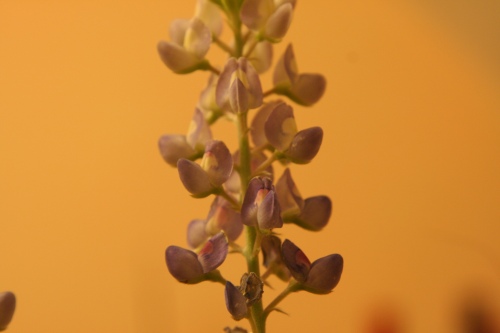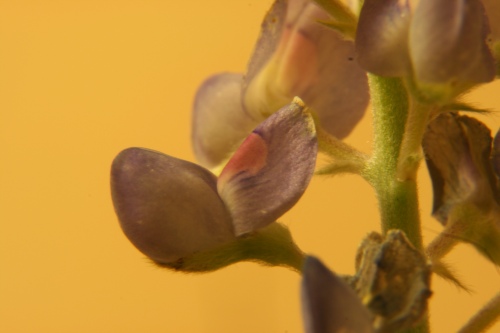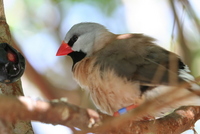nartreb
Well-known member
In preparation for spring flowers, I just got a set of extension tubes by mail.
Less convenient than a 1:1 macro lens, but a lot cheaper (if you've already got a fast lens to use with them).
I'll try to get some example shots up in a few days.
Some notes:
- autofocus works, though I'm not sure how much I'll use it. If I'm using a tripod and remote shutter release, it's nigh impossible to get the autofocus to select the point I want and also have the composition I want.
Depth of field gets real narrow real fast, even with the iris stopped down.
Also, you have to be at roughly the right distance to begin with, which is not the same distance as when using the lens without the tube. Luckily the tubes come with a distance chart.
-Shooting handheld is actually possible, even without a flash. I haven't tested carefully enough to be sure whether IS is having a significant effect, but I think so.
My main reason for trying these first rather than a close-up lens (aka "close-up filter") is that these will work with lenses of any diameter. More chances to play with different combinations, without spending extra money.
Less convenient than a 1:1 macro lens, but a lot cheaper (if you've already got a fast lens to use with them).
I'll try to get some example shots up in a few days.
Some notes:
- autofocus works, though I'm not sure how much I'll use it. If I'm using a tripod and remote shutter release, it's nigh impossible to get the autofocus to select the point I want and also have the composition I want.
Depth of field gets real narrow real fast, even with the iris stopped down.
Also, you have to be at roughly the right distance to begin with, which is not the same distance as when using the lens without the tube. Luckily the tubes come with a distance chart.
-Shooting handheld is actually possible, even without a flash. I haven't tested carefully enough to be sure whether IS is having a significant effect, but I think so.
My main reason for trying these first rather than a close-up lens (aka "close-up filter") is that these will work with lenses of any diameter. More chances to play with different combinations, without spending extra money.
Last edited:









